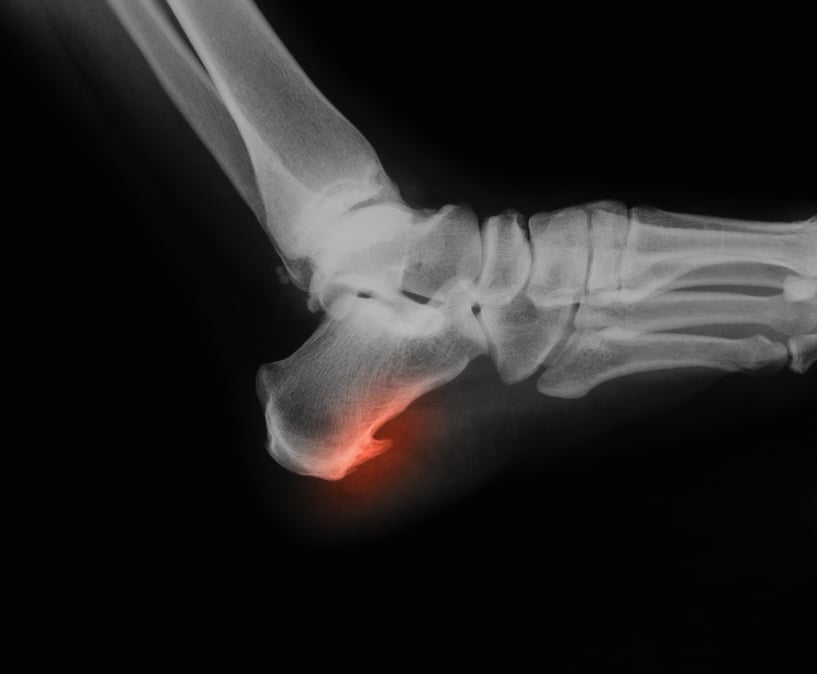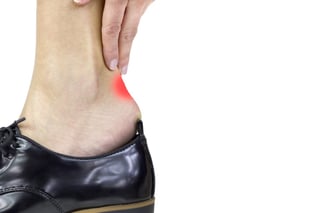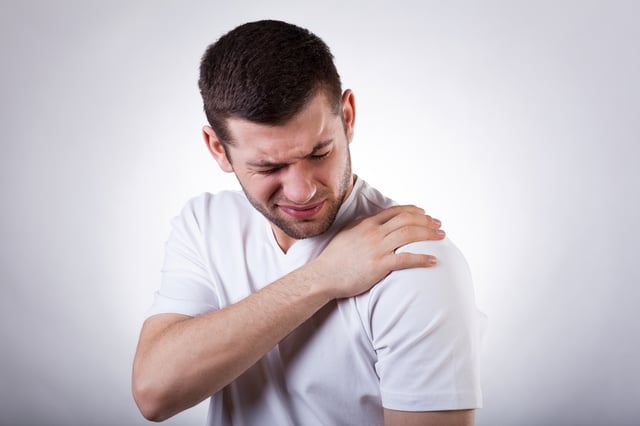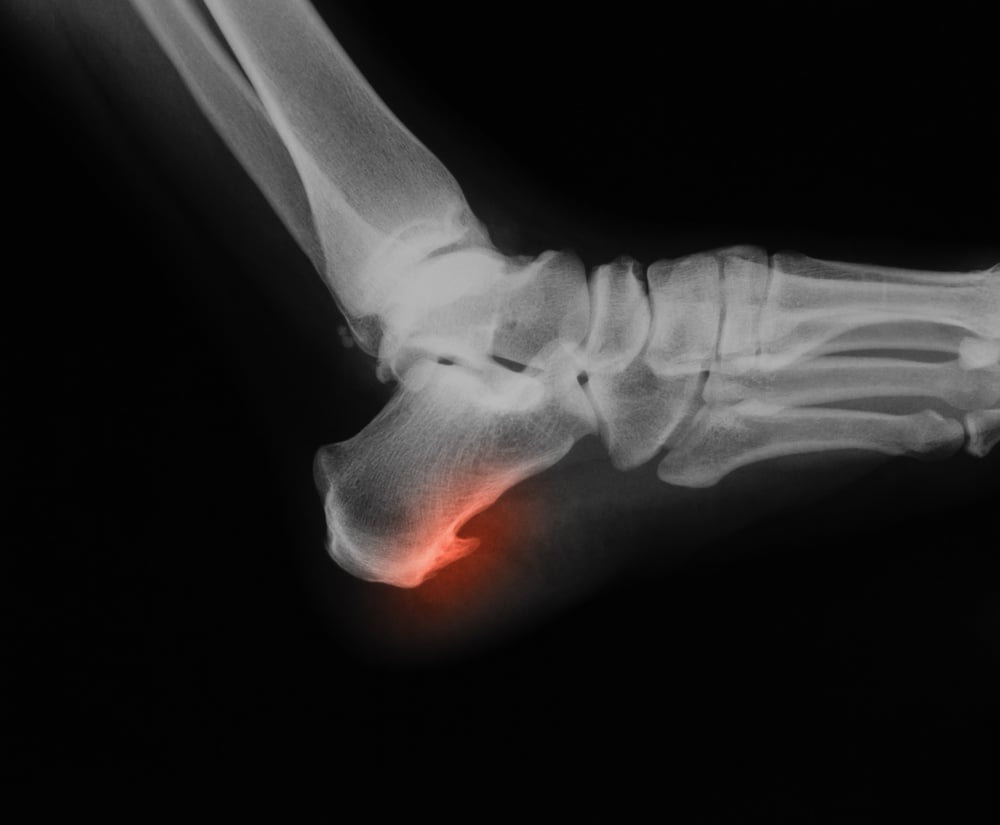
A bone spur, or osteophyte, is a growth of extra bone. Bone spurs by themselves aren't dangerous or harmful, but they can cause problems if they interfere with surrounding tissue, nerves, or other bones.
Protuberances of extra bone can put pressure on surrounding tissue or nerves, leading to pain. Bone spurs can also rub up against bone and tissue, leading to wear and tear that can turn into other problems necessitating treatment by an orthopedist.
Where on the body do bone spurs form?
Bone spurs usually form in the following areas:
- feet
- hands
- hips
- knees
- shoulders
- spine
causes of bone spurs
Bone spurs are the body's natural response to long-term pressure, stress, or friction on a bone. These forces create minor injuries and inflammation that stimulate the bone to repair itself by creating extra bone tissue.
Stresses that can contribute to the creation of bone spurs include:
- Impact on the feet. Any activity that subjects the feet to impact forces can eventually lead to bone spurs, most often in the heel bone (calcaneus). Bone spurs in the heel are called heel spurs, and an estimated one out of 10 adults have them. Activities that can lead to spurs include running, hiking, dancing, aerobics, and gymnastics.
- Overuse of the shoulder. Many components make up the shoulder joint, and they work together in a relatively small space. Sometimes, repetitive raising and lowering of the shoulder can cause the tendons in the rotator cuff area to rub up against the bone. This friction can create bone spurs that rub up against surrounding tissue, leading to rotator cuff problems.
- Weight gain. Being overweight or obese is a force multiplier that increases stress and pressure on the bones, especially in the spine and lower body. The feet in particular absorb a tremendous amount of impact stress. If you're overweight, the plantar fascia — the ligament running along the bottom of the foot — may pull more tightly on the heel than normal, exerting a force that can lead to the creation of a heel spur. Achilles tendon injuries can also trigger spur creation.

- Tight ligaments and calf muscles. Keeping the ligaments and muscles of the lower legs and feet flexible and loose can help to minimize the chance of developing heel spurs. Special stretches can help to minimize this type of tightness.
- Aging and arthritis. The age-related degeneration of cartilage that causes osteoarthritis can trigger the creation of bone spurs within joints, or along the edges of bones that make up joints. Orthopedists often see these types of spurs in the feet and the spine.
- The wrong shoes. Wearing too-tight shoes or high heels can rub the back of the heel, eventually leading to a spur.
complications from bone spurs
Bone spurs on their own are harmless and natural. However, they can create other issues. These can include:
- Irritation. If your spur is rubbing against surrounding fat, tissue, or nerves, you may experience pain, numbness, tenderness, or weakness in the surrounding area.
- Lower back problems. After age 60, bone spurs in the spine are quite common. They're only problematic if they impinge upon the nerves traveling through the spinal column. If you have lower back pain, weakness or tingling in your arms or legs, or incontinence, it's possible bone spurs could be causing these symptoms.
- Rotator cuff injuries. If your shoulder spurs pinch the tendons in the rotator cuff, you may experience inflammation and tenderness, weakness, stiffness, and pain. In some cases the tendon may tear, which can require immobilization or rotator cuff repair surgery.

treatment
An orthopedist can confirm the presence of a bone spur with an X-ray test, ultrasound imaging, or an MRI, CT scan, or myelogram (a radiology test using contrast dye, often used for spinal exams).
Bone spurs don't require treatment unless they're causing symptoms. If your bone spur is creating pain or negatively affecting your ability to use your joint, your doctor may prescribe:
- cold therapy (ice)
- anti-inflammatory medication or injections
- massage therapy or sports medicine
- shoe inserts (orthotics, pads)
- surgery to remove the bone spurs (in the case of bony growths that are irritating surrounding nerves or tissue)
An orthopedist can assess your condition and help you create a plan of action. Give Coastal Orthopedics located in Corpus Christi, TX a call and ask for a consultation. Telephone: 361.994.1166.
Article written by: Rob Williams, MD

Rob S Williams, MD
Dr. Williams has been practicing orthopedic surgery in Corpus Christi since 1998. After graduating from Texas Tech hereceived his medical degree from the University of Texas at San Antonio. At the prestigious Campbell Clinic located at the University of Tennessee, Dr. Williams completed not only an Orthopedic Surgery Residency, but an additional year of Fellowship Training in Spine Surgery. Dr. Williams is dedicated to creating an excellent patient experience in the office or in the surgery suite.



